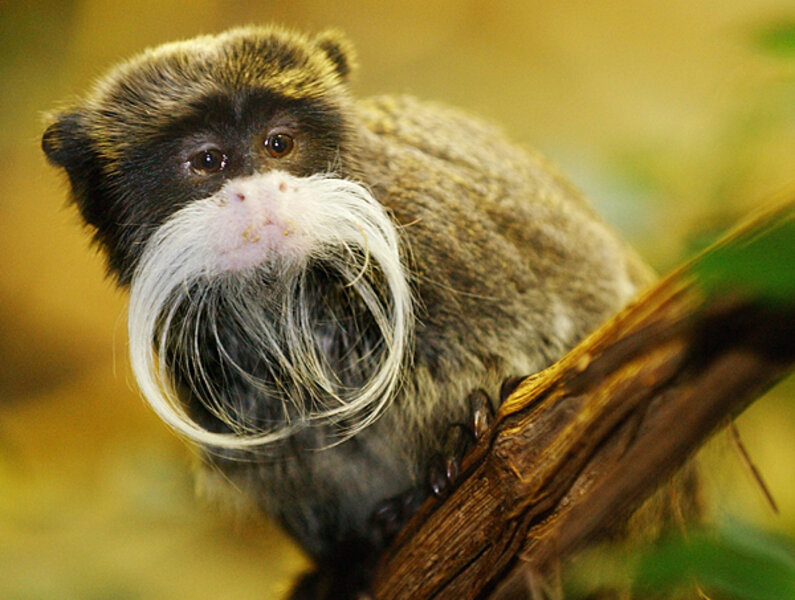Growing a solid mustache isn't easy. For every Tom Selleck and Billy Dee Williams, there are hundreds of guys who, through no fault of their own, can't manage more than a wispy fuzz on their upper lips.
But not the Emperor tamarin. In this species, native to Peru, Bolivia, and Brazil, even the females sport commanding 'staches. This monkey is named for its purported resemblance to the German emperor Wilhelm II, but we think it looks more like the Lorax.





